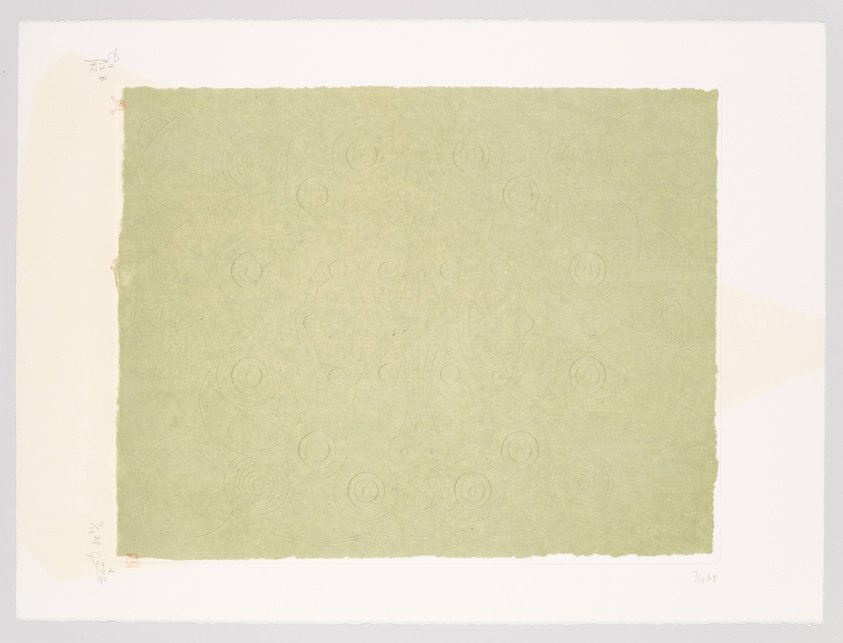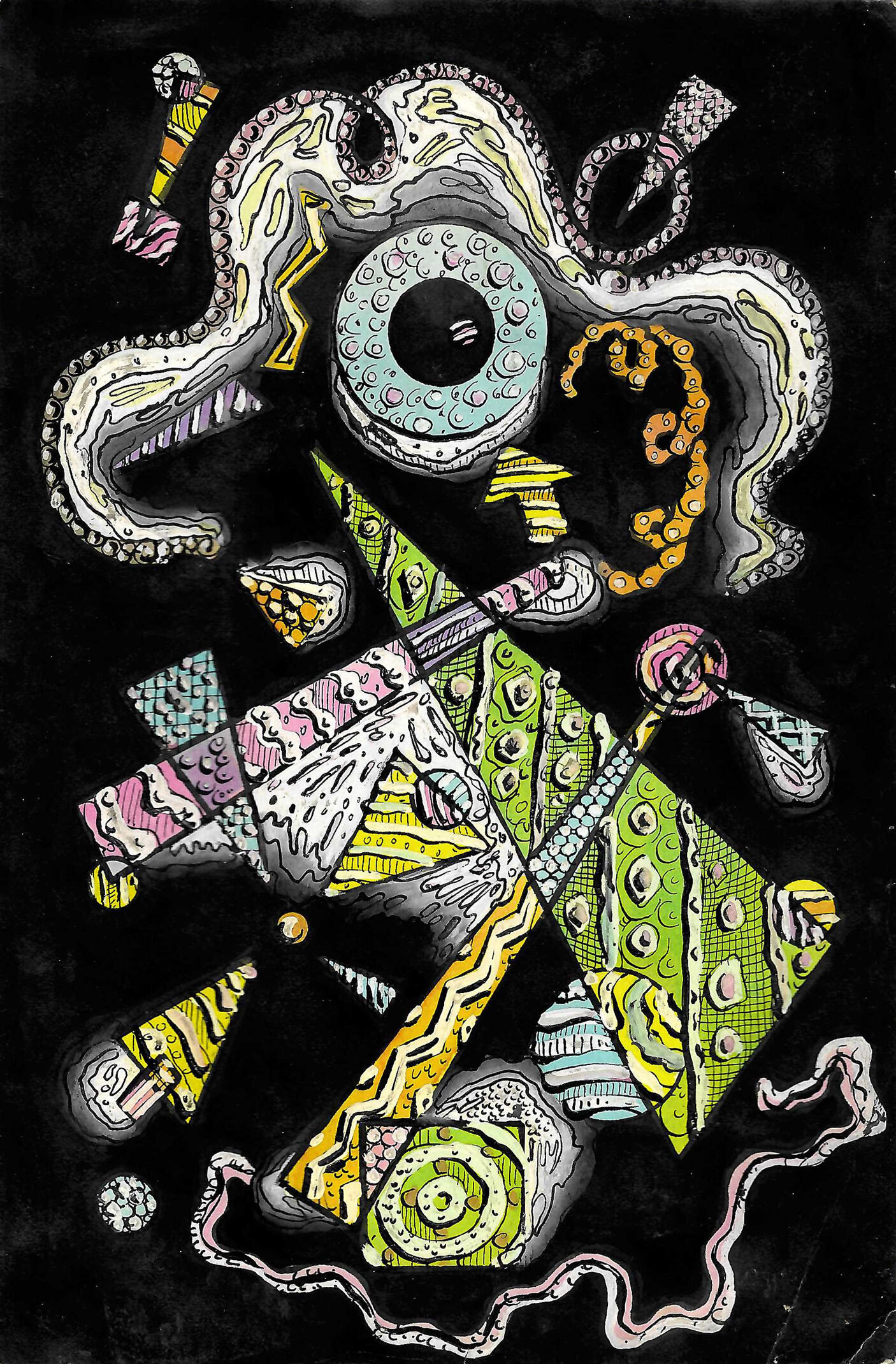Early ethnographic work
Sept 8, 2023
0:00
Early ethnographic work
0:00
Narrator: This section of the exhibition traces Smith’s life and work from the 1940s through the 1970s. Smith undertook the earliest projects represented here while he was in high school in Bellingham, Washington. He would visit the reservations of the Lummi and Swinomish peoples. There, he would document songs, ceremonies, languages, and artistic traditions through photography, painting, and sound recordings.
Philip Deloria: My name is Phil Deloria. I'm the Leverett Saltonstall Professor of History at Harvard University.
Narrator: Deloria is the author of Playing Indian, a book about the ways white Americans have drawn on Native American culture in shaping a national identity. Here, he shares some context for Smith’s interactions with the Lummi and Swinomish peoples.
Philip Deloria: Well, he's an extraordinary person, as a high schooler who studies linguistics with Native people, collects material culture, not just small bits of curio material culture, but large things, like house posts. And in some ways, it seems like it's almost knowledge for knowledge's sake, which in many instances, I think, is a laudable sentiment. Of course, in this circumstance, we're also talking about people who have been suffering the ravages of American colonialism, who have limited options to... Of course, Native folks have lots of options to say no to a white high school kid who rides his bike out to their house, but Native folks are also constrained, and they're also feeling like they have a politics of culture that they have to engage in as well. And it may be that a high school kid who rides his bike out to see you is a welcome figure. And I think this is the experience of a lot of hobbyists, that someone who cares a lot about Native culture can find themselves quite welcome in Native contexts, and this does seem to be the case with Harry Smith, at least in these early engagements.
Narrator: Even as a teen, Smith read widely in anthropology—though his interpretation of the discipline was very personal and idiosyncratic.
Phil Deloria: Anthropology really does set the context for these kinds of relations, and particularly in the Northwest Coast, which has a very long history of anthropologists coming and extracting knowledge. If we step back and take a 30,000-foot view of the structures of these things, Harry Smith looks like just one more player in a longstanding history of anthropological appropriation that's part of colonialism. But if you zoom up close, the up close Harry Smith looks like a really interesting, specific and quirky case. So I think the challenge for us is to hold both those things in our mind at the same time when we look at Harry Smith. He's in this ambiguous space where you can invent and make things up for yourself about what you're collecting, what your level of intellectual engagement is going to be, and that's what he does. And arguably, I think this is the springboard for everything that happens with him afterwards.


